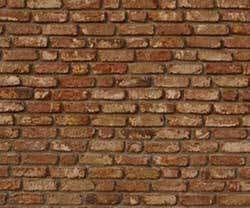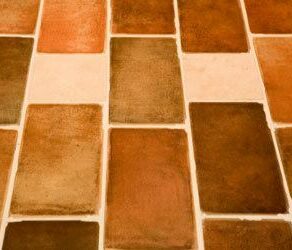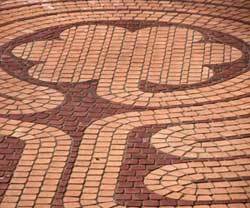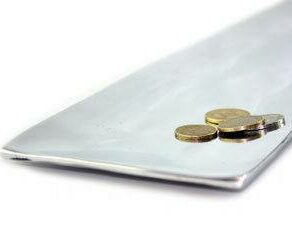Table of Contents:
London asked: What products can I use to clean and polish my interlocking brick driveway? I need to seal, clean and polish the bricks in my driveway. The driveway was installed four years ago, and the bricks now look old and faded.
To give your aging or faded interlocking brick driveway a fresh new look, follows these steps. Remember to wear safety goggles throughout the process to protect your eyes.
You Will Need:
- Pressure washer
- Water hose (with water)
- Safety goggles
- Masonry sealer
- Paint roller with long handle
Steps to Clean, Seal and Polish:
- To thoroughly clean the pavers, use a pressure washer. Consult a professional or read the instructions before you begin. Remember to protect surrounding objects (including landscaping) and start with low pressure, increasing it as necessary. High pressure may actually damage bricks, so proceed with caution.
- Once the bricks are clean, check for stains. If you find any, clean the spots with muriatic acid or a masonry stain remover . Follow label instructions for use. Always use caution when working with acids.
- Rinse the pavers, and allow them to dry completely before continuing.
- To seal the pavers, first ensure the area is clean and dry. Remove all debris, including dust and vegetation, before continuing.
- Follow label directions to apply masonry sealer. This is commonly done with a brush or a paint roller.
- Allow the sealer to dry completely before applying a second coat, if desired.
- Allow the driveway to dry completely before use.
Additional Tips and Advice
- Seal bricks every 1-2 years to best maintain the polished look.
- Be mindful of the weather before beginning this project, specifically forecasted precipitation and temperature extremes. There are ideal weather conditions that will help ensure positive results. Consult product labels for specifications.
- Remove stains before you seal the bricks. If you don’t, the stains will become a permanent part of the landscape.










Will the muriatic acid remove the white residue that is leaching out?
John,
The white residue is likely efflorescence; salt deposits from within the brick. Yes, an acid wash, such as with muriatic acid, is often recommended for efflorescence. The Masonry Institute of America recommends 1 part muriatic acid in 12 parts water and explains that “several mild individual applications are better than one overpowering dose.” You may need to repeatedly treat the brick because the pre-wash and post-wash of water could bring out more of the efflorescence, but you need to thoroughly pre-soak and wash off the acid afterward or it can damage the brick. So, you want to wait to seal the brick until you have repeatedly cleaned away the efflorescence, as you will only be waterproofing the top, but the sides and bottom of the brick will still be exposed to water from the ground and therefore be able to visibly bring up the efflorescence UNDER the waterproof seal.
If the efflorescence is fresh, you can use a stiff brush to scrub it off, however make sure to sweep up or vacuum the debris, as it can soak back into the brick during the next rain. Also, muriatic acid is very strong; if you are wary of using it, you can use diluted white vinegar instead. Muriatic acid has a pH of about -0.5, and white vinegar has a pH of about 4.5, so for the vinegar solution, a ratio of about equal parts vinegar:water should be about the same acidity as the muriatic acid solution.
Source: The Masonry Institute of America – Efflorescence: Cause and Control
Source: DoItYourself.com – How to Remove Concrete Efflorescence
Source: eHow – How to Clean Efflorescence Stains on Concrete
Source: Wikipedia – Hydrochloric Acid
Source: Wikipedia – Vinegar